Multidisciplinary problem solving at the networking event series 2022
We had the pleasure of hosting the Networking Event Series Wind Energy 2022 - Ideation for the global market at Rapperswil on June 7th, 2022. Participants included more than 40 Swiss-based researchers, start-ups, SMEs and other organisations involved in wind energy. As well as some interesting presentations and posters, we solved five multidisciplinary challenges in small groups and then presented the results to the audience. The discussions are continuing in the WeDoWind Ecosystem.
Getting started in wind energy
We started off with the official launch of our Getting Started in Wind Energy Guide, created in collaboration with enviConnect and the Eastern Switzerland University of Applied Sciences (OST).
Learning about the grand challenges of wind energy science and technology transfer
In the key-note speech by Katherine Dykes, Head of Section for Systems Engineering & Optimization at DTU Wind Energy in Denmark, we learned about the “Grand Challenges of Wind Energy Science”, based on the Science paper with the same name which she co-authored.
After a nice Q&A session, the poster presenters introduced their posters in short “two-minute presentations”. The topics this year included: How to communicate and collaborate on data; An experimental system to acquire aeroacoustic properties on wind turbine blades; The impact on Communications, Navigations and Surveillance Systems used for air traffic control; Vibration fault detection in wind turbines without feature engineering; Towards an autonomous flight control of small drones for airborne wind energy. During the coffee break, the participants had time to view and discuss the posters.
We had planned three presentations about technology transfer, but our first speaker, Andy Clifton from enviConnect had to cancel at the last minute, so we enjoyed two slightly longer presentations from Philip Morger (Switzerland Global Enterprise) and Jan-Ernst van Hattum (Enterprise Europe Network) instead. It was interesting to hear about several possibilities for researchers and companies in Switzerland to connect to partners in Europe. More information can be found at these links:
Good news - the missing talk from Andy Clifton is available as a live webinar on July 11th - find out more below:
Before the lunch break, the five challenges to be solved in the afternoon were pitched.
Multidisciplinary problem solving in ideation workshops
After lunch, the participants chose which challenges they wanted to solve and went off into groups for 2.5 hours. Each challenge workshop was run by a challenge provider and a moderator from the event organisation team. We discussed the following challenges:
Challenge 1: Airborne Wind Energy in the context of conventional wind farms (Skypull SA)
In this challenge, we discussed how to best integrate airborne wind energy (AWE) systems into conventional wind farms. It included a short online lecture by Roland Schmehl from TU Delft. The results included a list of recommendations to be considered in AWE farm planning.
Challenge 2: How to beat Electromagnetic Compatibility limits? (Military Aviation Authority)
In this challenge, we discussed how to assure Electromagnetic Compatibility (EMC) below regulation limits for wind turbines. The results included ideas for retrofit and noise cancelling solutions for wind turbines.
Challenge 3: Evaluation of the potential for small wind farms up to 5MW in Switzerland (Suisse Eole)
In this challenge, we discussed how much more wind energy potential we would have in Switzerland if we could build small wind farms with 1-2 wind turbines with a total of up to 5 MW installed power. Rather than carrying out this estimation, the results consisted of a list of activities that could be implemented in order to ensure implementation of the strategy.
Challenge 4. Technical implications and corresponding best practices in curtailment (nateco AG).
In this challenge, we discussed the technical implications and corresponding best practices in curtailment (shutting down turbines) to protect birds and bats. The results included a list of recommendations for curtailment best practices.
Challenge 5. Concept for Structural Health Monitoring software as a service (ETH Zurich)
In this challenge, we discussed what an ideal wind turbine health monitoring system could look like. The results consisted a list of recommendations and priorities for designing such a system.
Closing
At the end, the results of each challenge were presented and we voted on the best presentation. Challenge 2 was voted the winner - congratulations to Reto Pauli and the team of solvers!
Photos
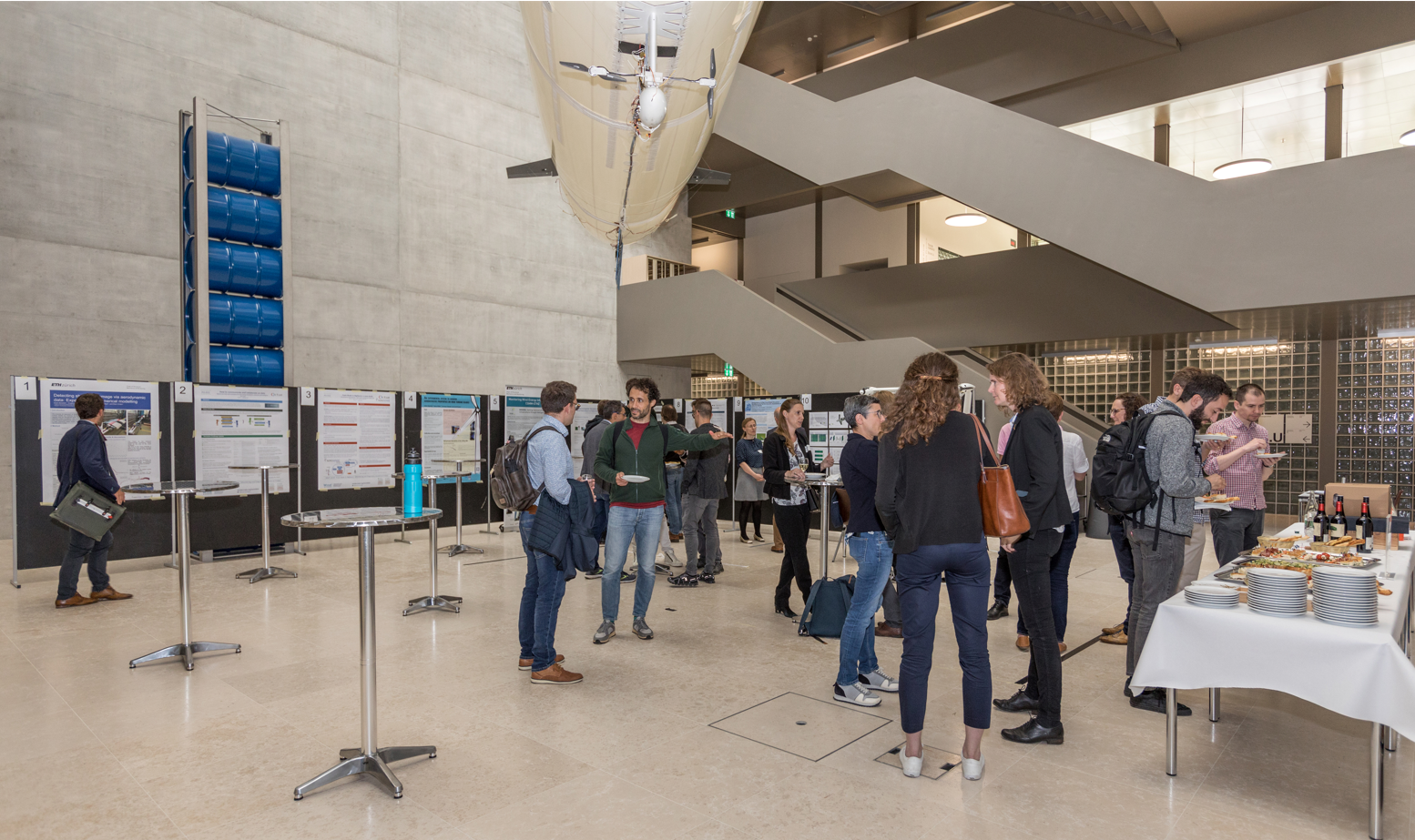
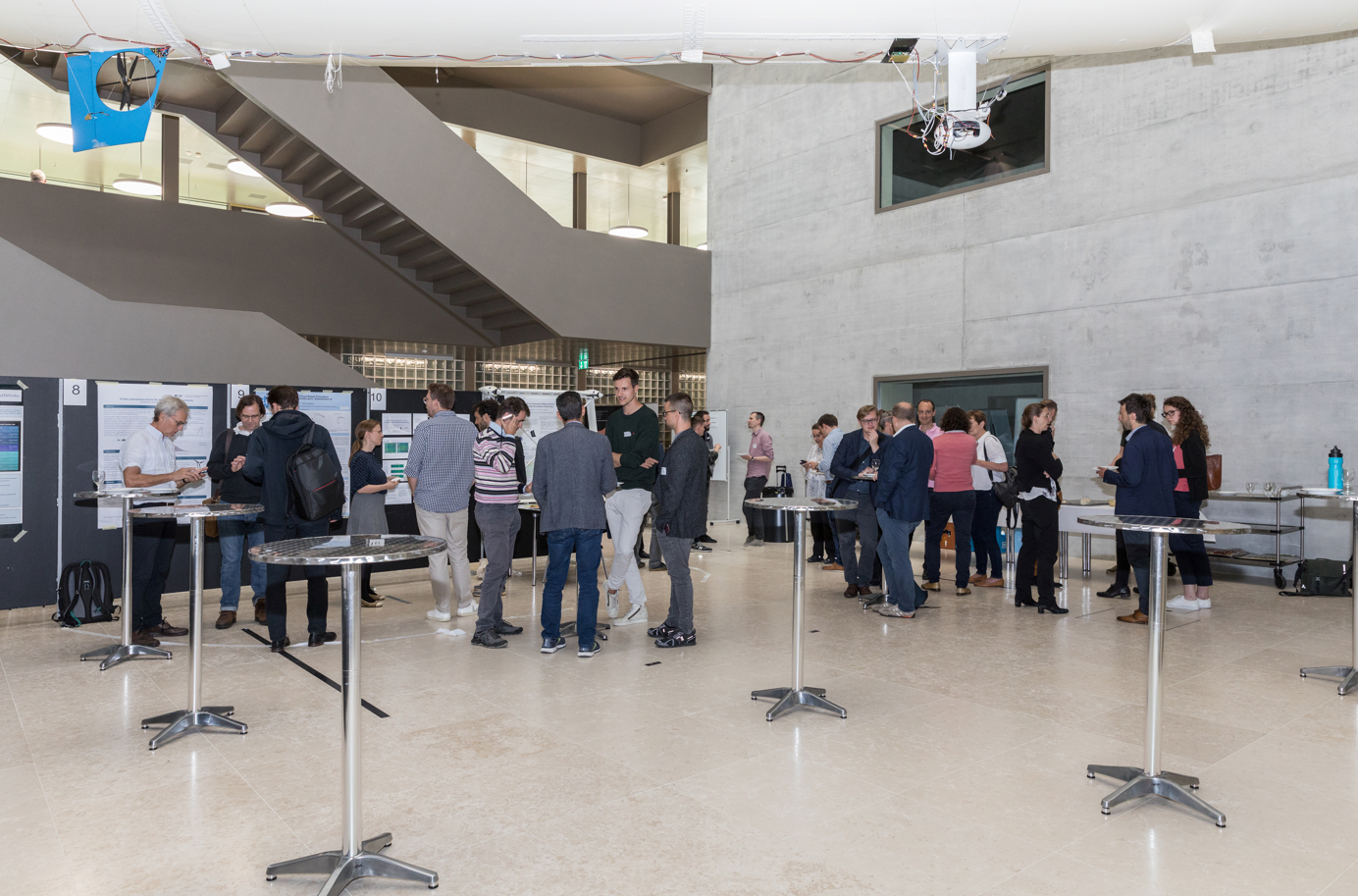
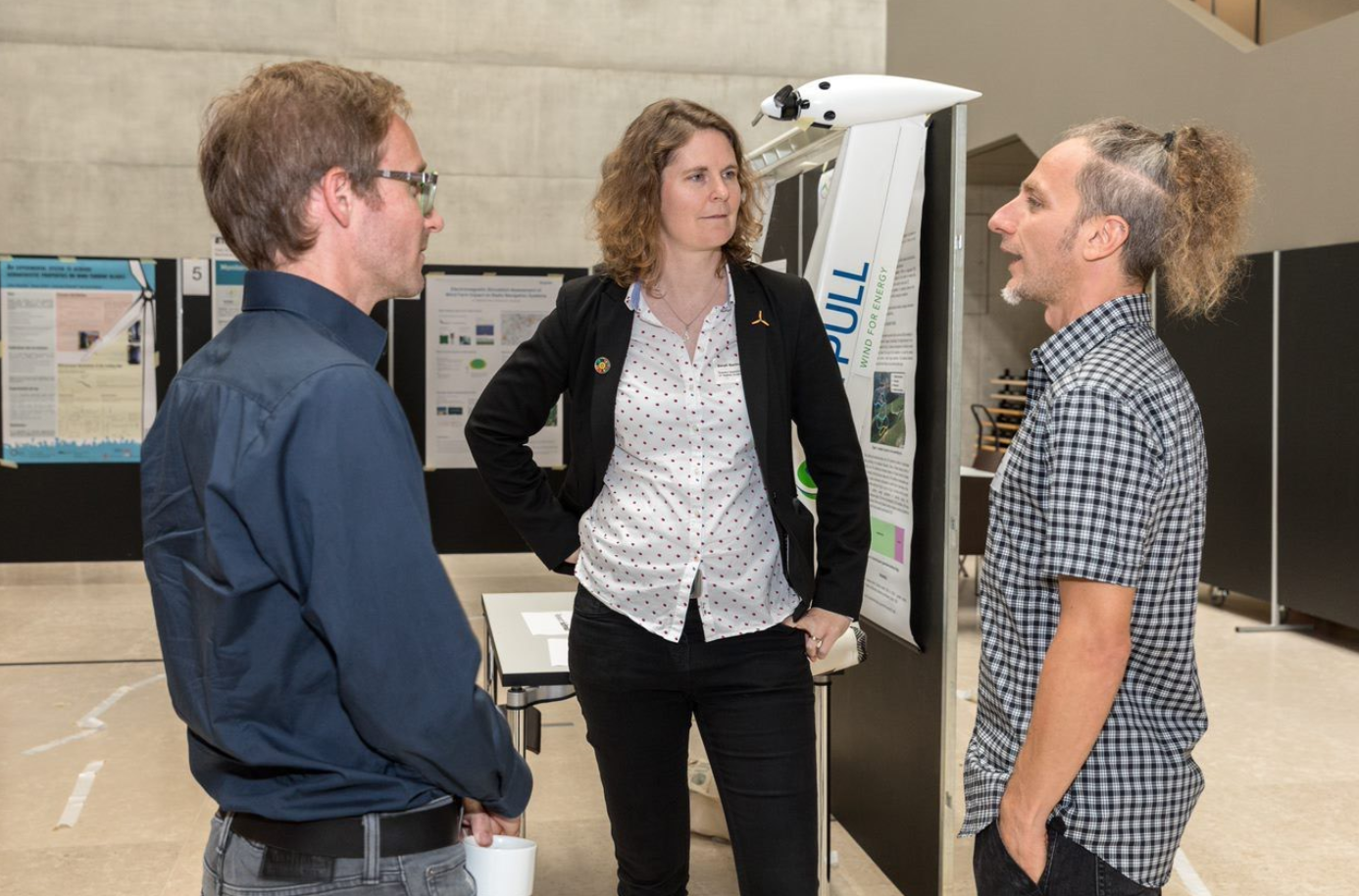
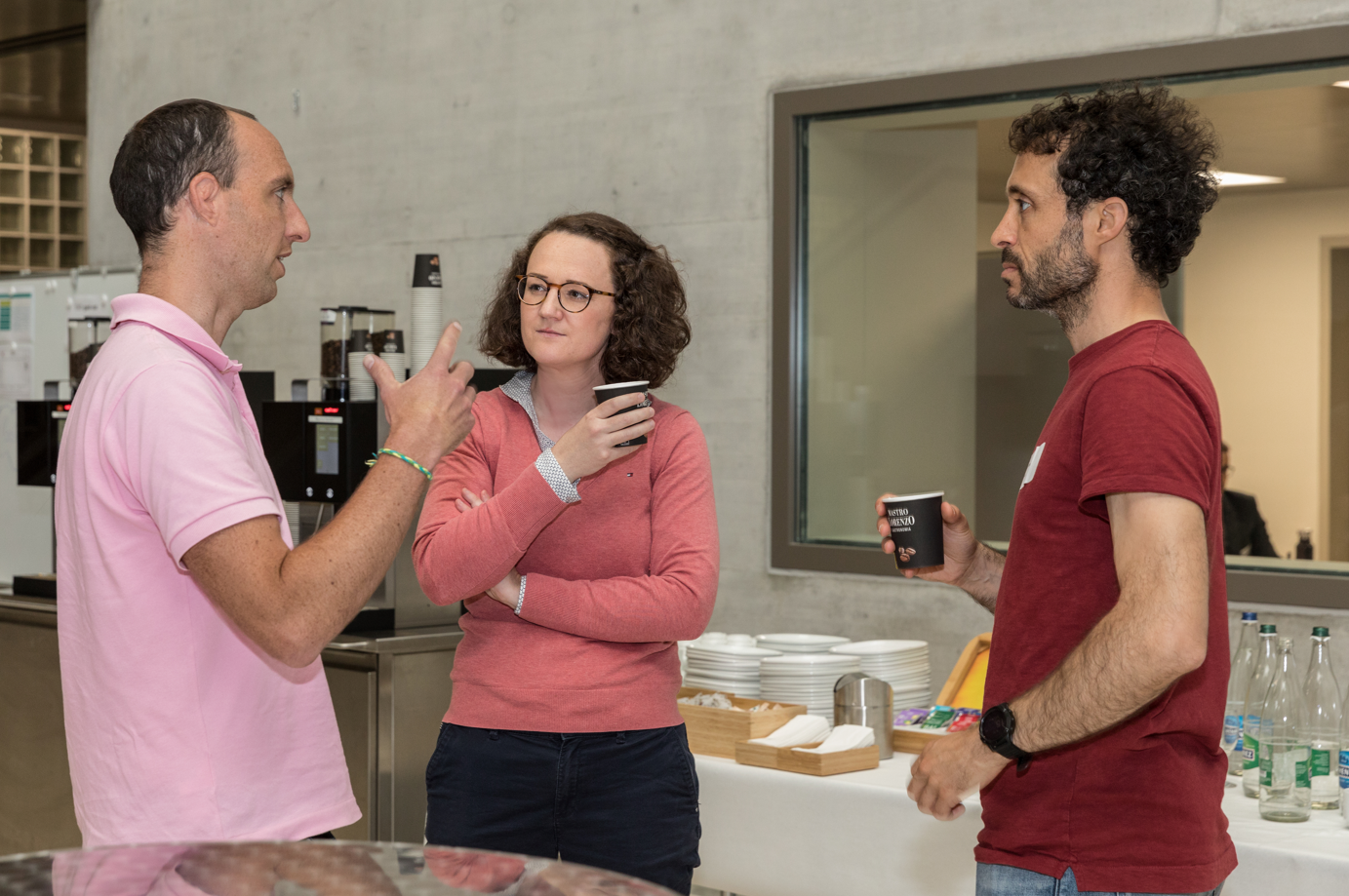

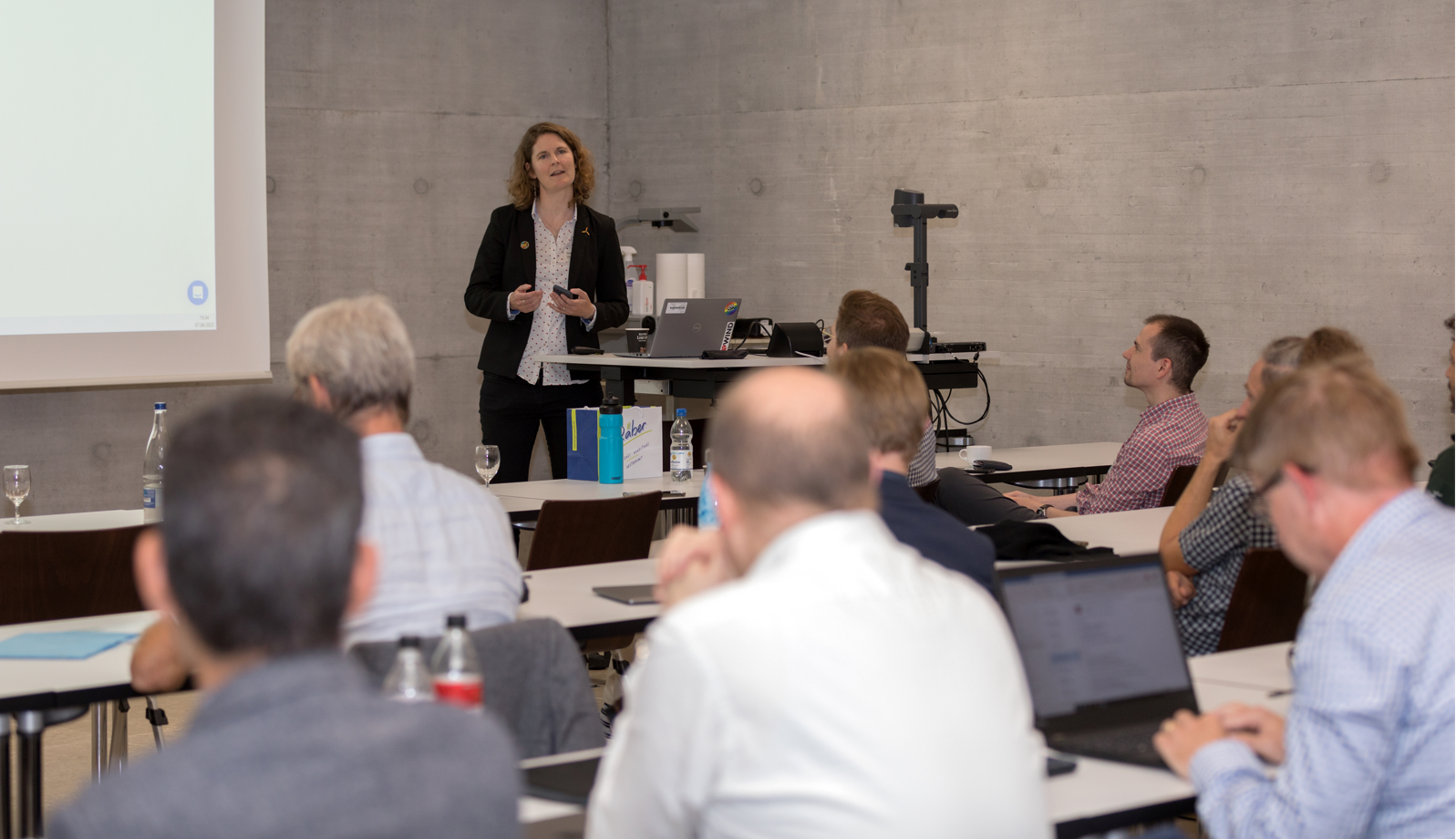
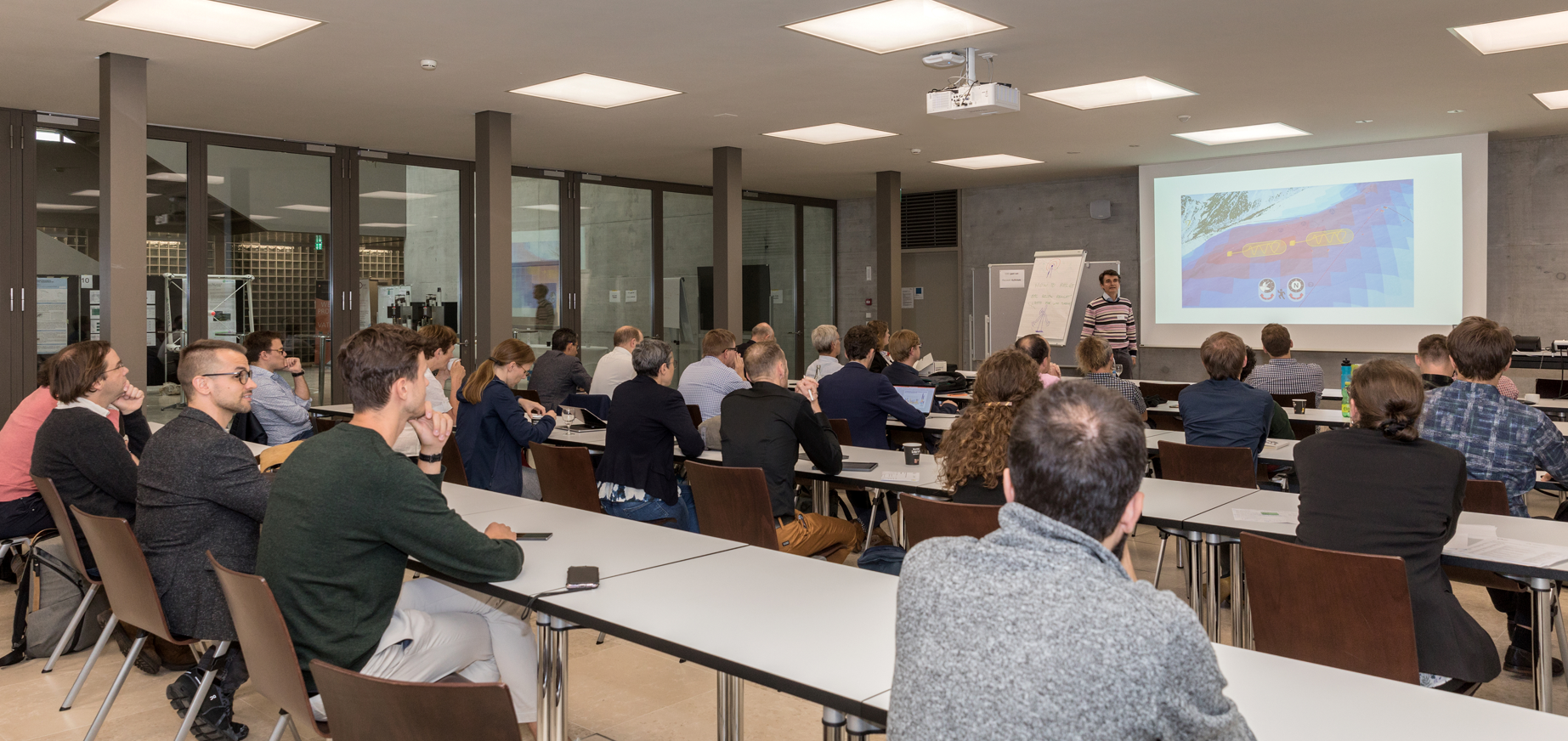

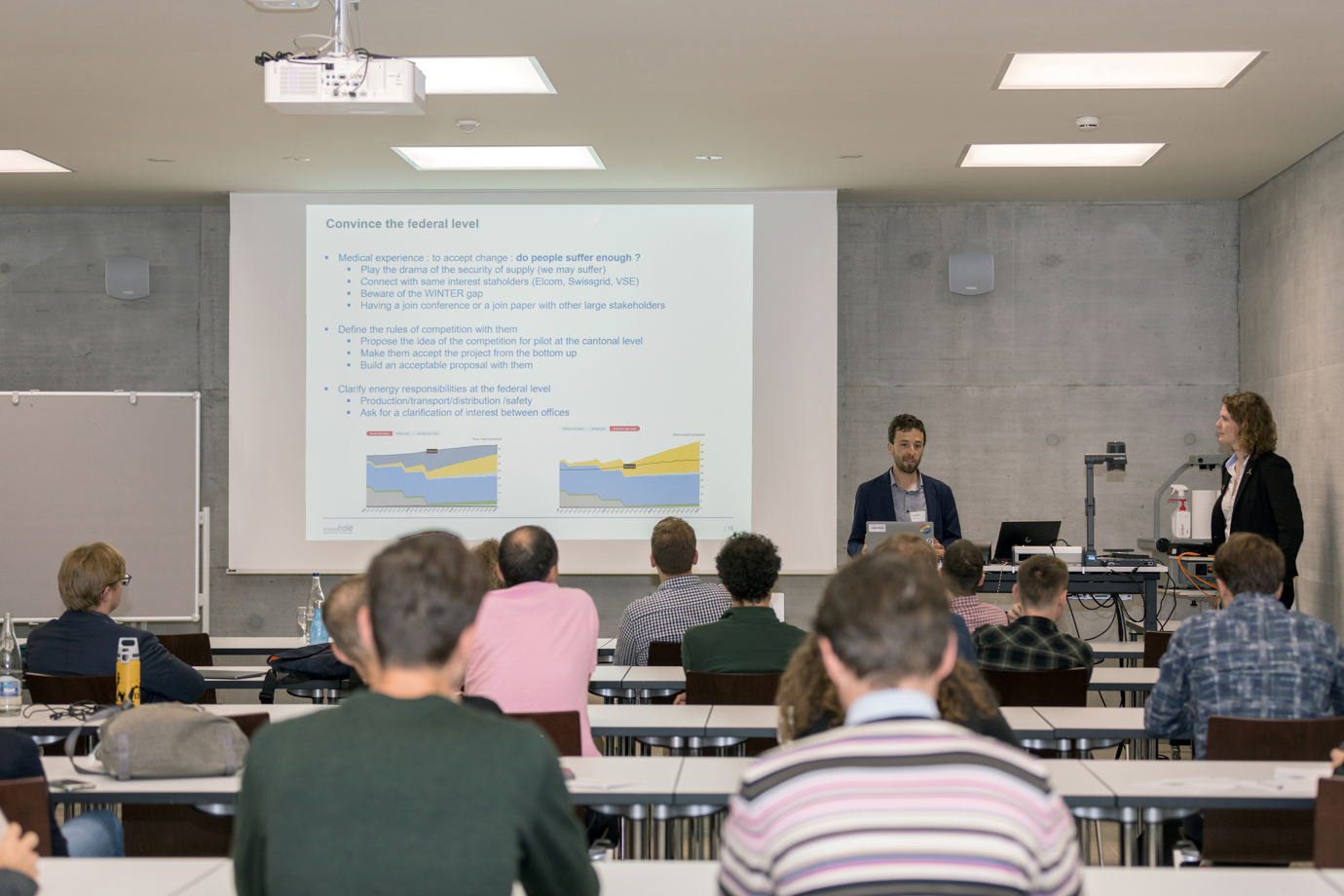
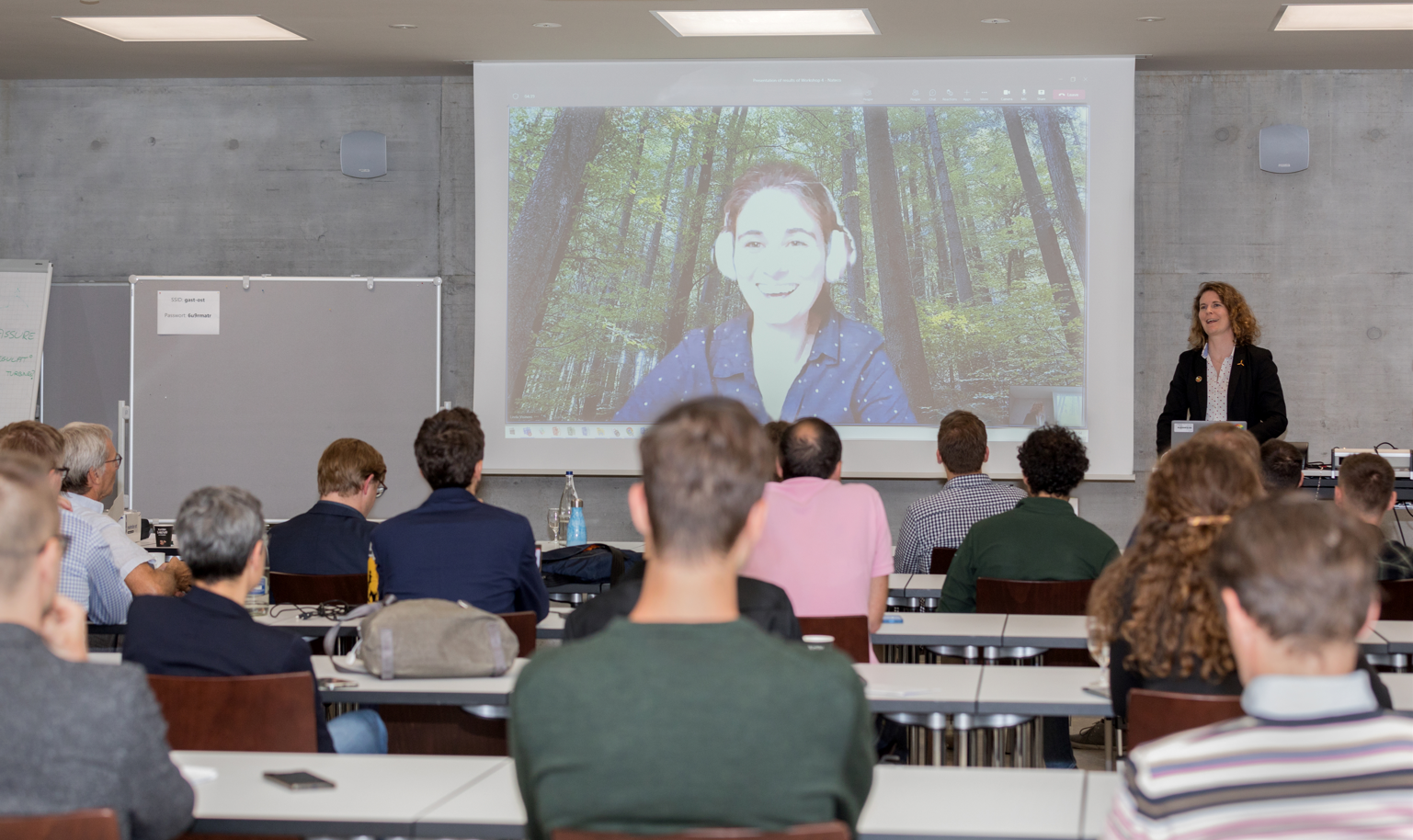
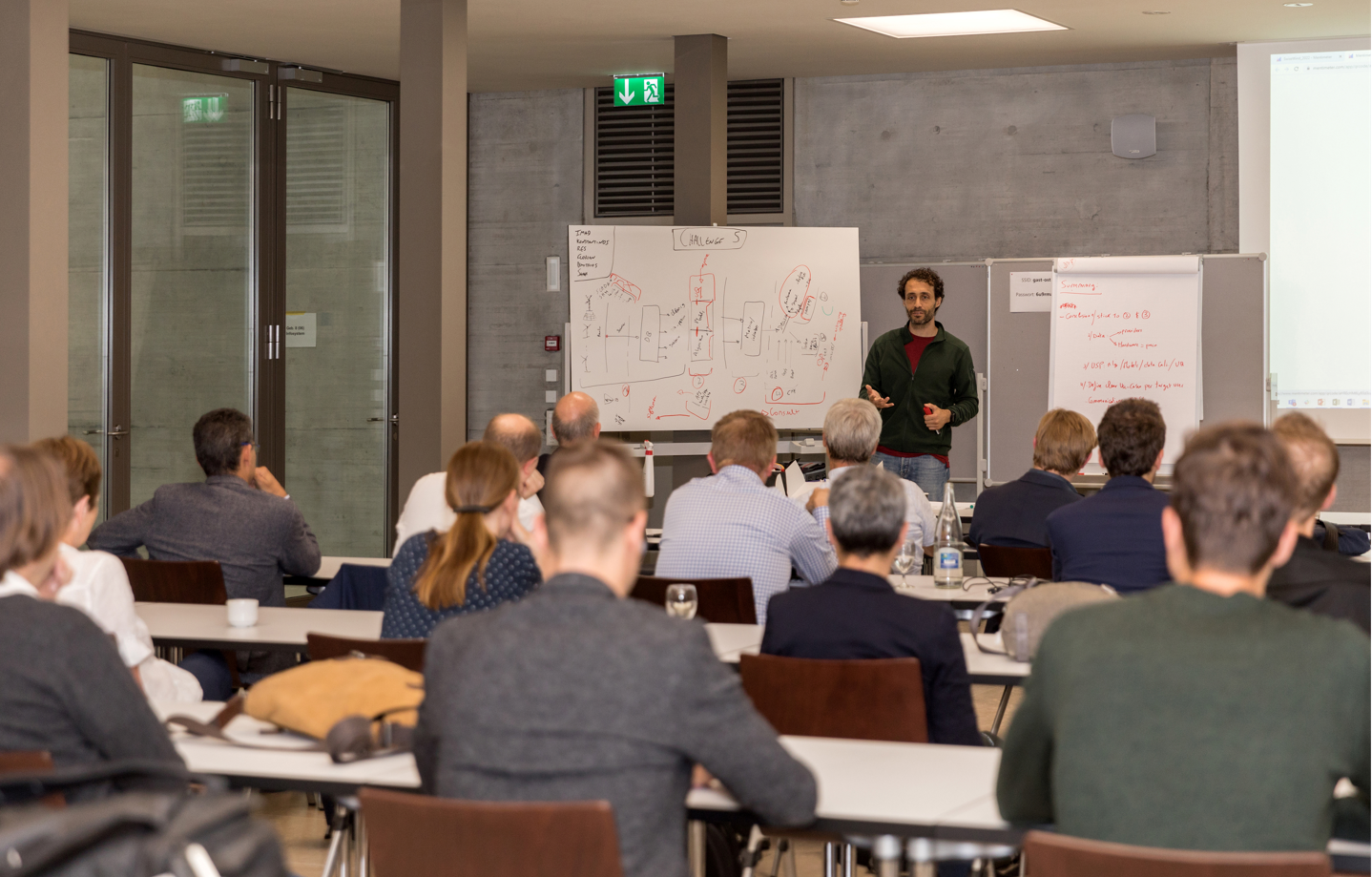
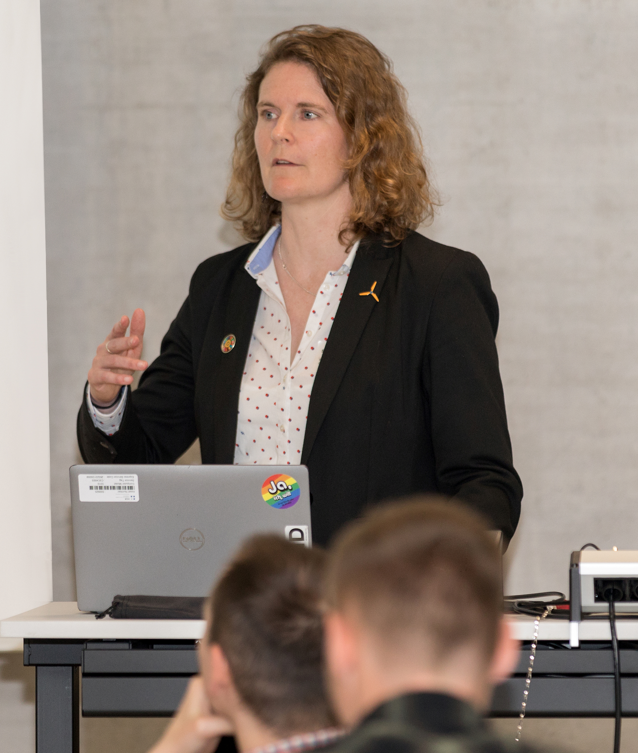
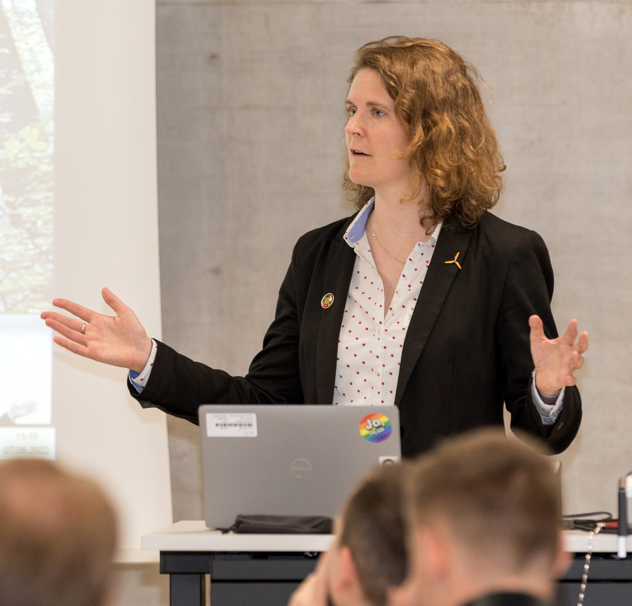
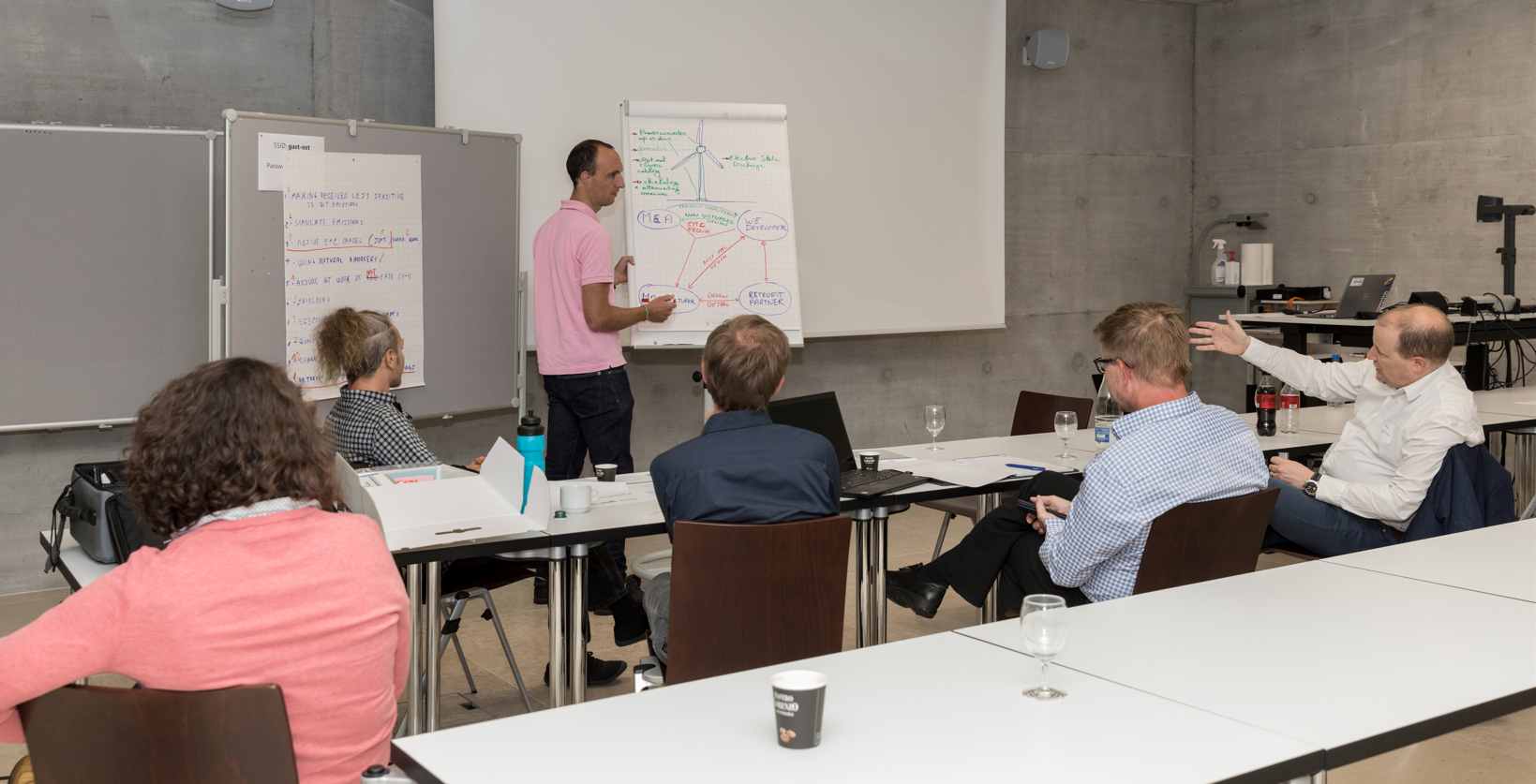

Continuation of the work
We are continuing these discussions in the WeDoWind Ecosystem, so sign up to become a member of the Swiss Wind Energy R&D Network if you are interested in getting involved:


